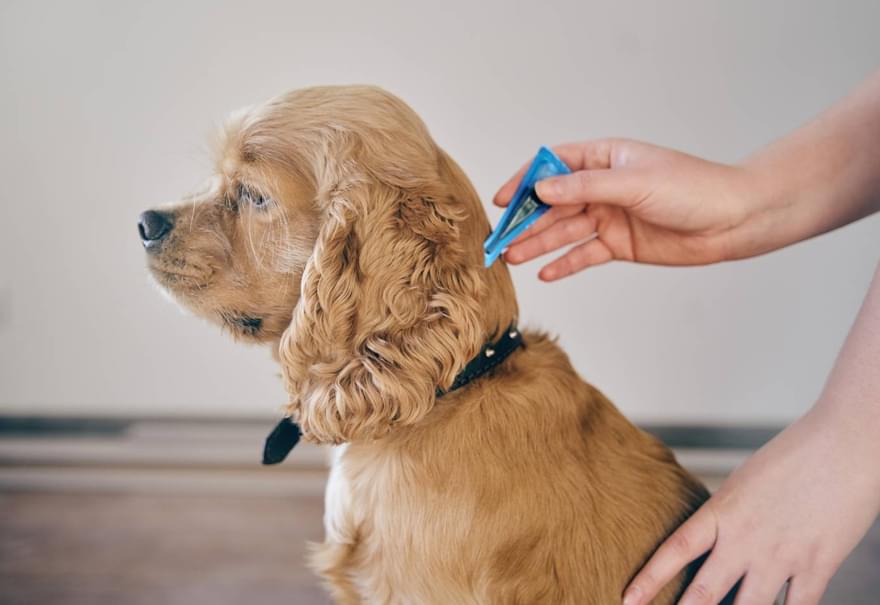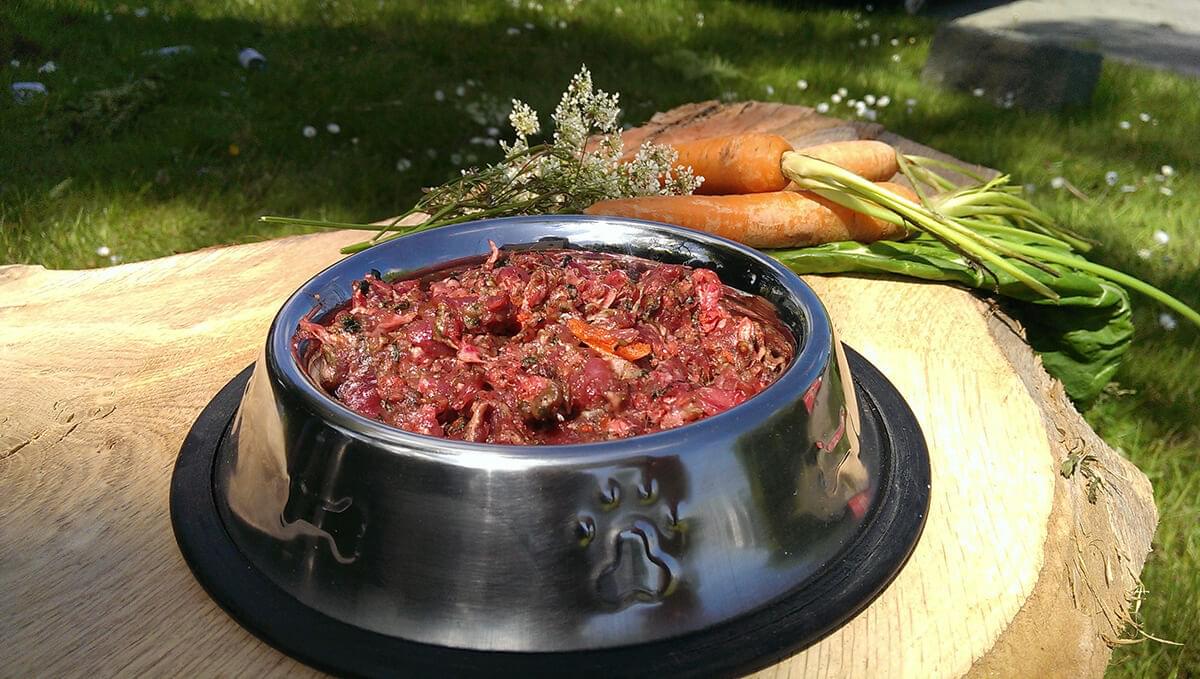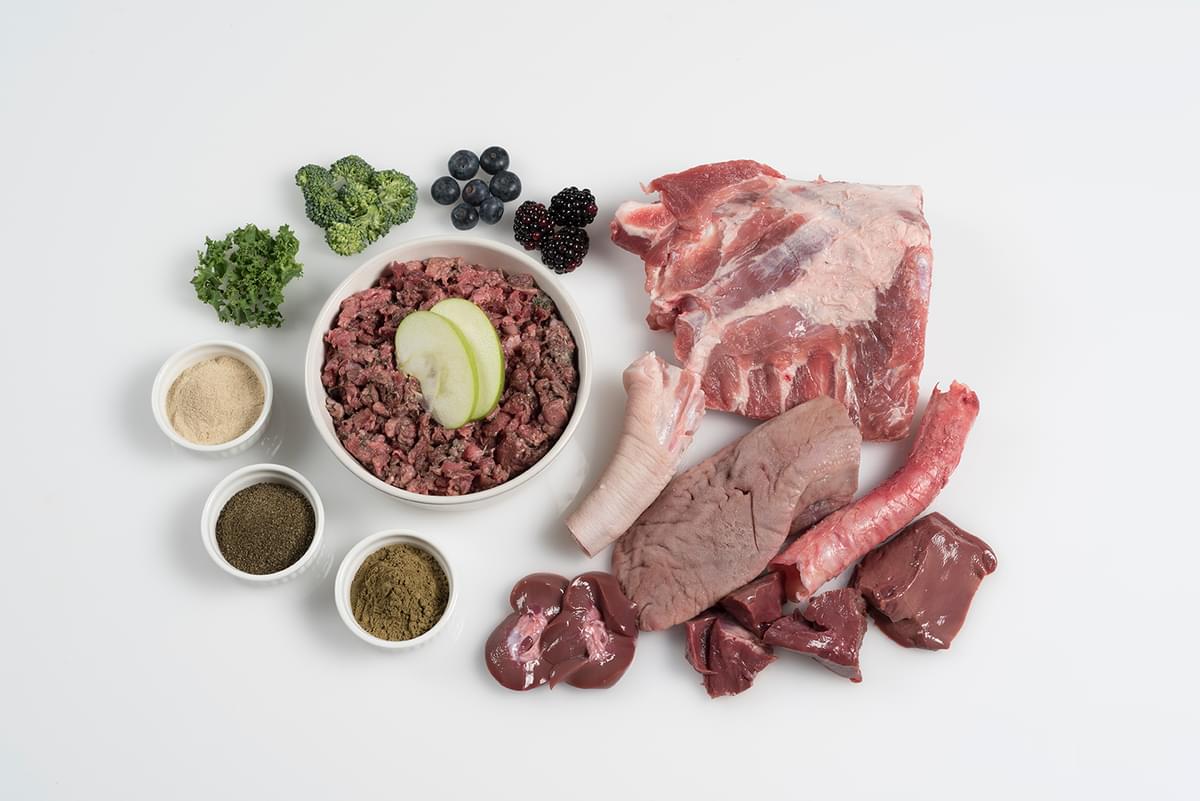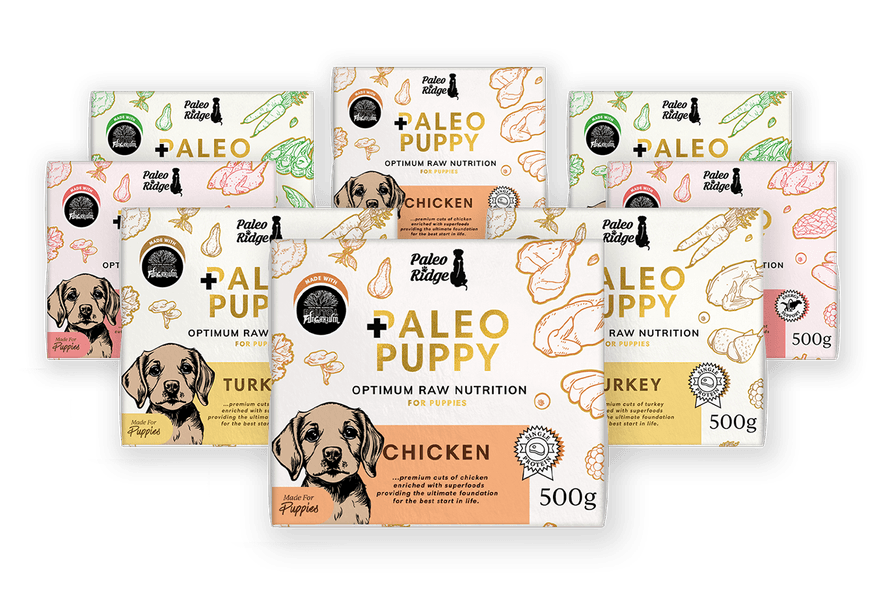Something needed to give (before my back) so I went looking for someone to make the food for me. With no candidates in Ireland, I contacted the few UK manufacturers capable at the time and two kindly offered to meet me. I will never disclose who they were but this is what I can tell you about our meetings. The first factory, I arrived to in the dark. I could smell it a mile away (in a van) before I could see it. There was JCB's driving in and out of it pushing material around. There was meat hanging from hooks above the machines that made the food. There were brambles growing through the roof. It stank and I wanted to cry. Again. Their product was ground up carcass sold as “chicken” or “duck” or “turkey”. I didn't ask what the beef was. It wasn't going to work.
The second factory, who ultimately stole my ideas and never contacted me again after our first meeting, was much cleaner. State of the art machinery and freezers. Serious investment had gone on here. I was happy, initially. They were in the middle of a duck run and were proudly showing me the ingredients. There's the duck. I saw a tonne of duck carcass. OK, nothing too much with duck carcass as long as a heap of meat is going in on top. There's the veg (they used lots of root veg, didn't know why, initially...) and there's some dry additions (still today I'm not sure what it was). And that was their “duck and veg complete food for dogs”. But...but.....where's the meat?! It's on the carcass, they said. I was too polite to highlight a carcass is without meat, it's sort of the whole definition. Meat factories are experts at removing meat muscle, sort of what they do. Now the root veg made sense, lots of fibre to bulk the firm stool and help the boney meal pass through. Where are the organ meats?! They didn't use any. As I said this company soon stole my recipes and tweaked their recipes to at least include some organ meats. Can't imagine they changed the carcass bit, mind.
And the problems continue today. Let's take the classic “beef mince for dogs” for 50p per pound or £1 per kilo. Beef mince for humans is made from the last bits of meat to come off the carcass after the steaks and stew meats etc have been removed by expert knives-men. What remains on the carcass are some bits of meat, lots of fat and bone. The first round of beef mince they remove is quite lean, less than 5% fat, and costs you much more. By the time they are finished, the last round of meat removal, you have beef mince with 18% fat, the fattiest mince you are permitted to sell to humans and it costs £4 per kilo. That is the market value for fatty beef mince (and competition ensure that that price stays very close to the bone, if you'll pardon the pun).
At nearly 4 parts protein to 1 part fat you are already at twice the fat content of your dogs' ancestral meal.
In their defence, the raw supplier you meet on the side of the motorway will claim to buy in "great bulk", beating the buying power of the supermarket whales such as Tesco's and Aldi but this, in hindsight, so grossly misunderstands the size and output of these behemoths. These chains are buying for hundreds of stores by the thousands of tonnes each week. All the raw manufacturers in the UK teaming up together couldn't get near their prices.
The £1 per kilo of “beef” can only be one of three things - ground up lung and trachea, as only that can cost so little that the supplier might cover their factory costs and, assumedly, a small profit. I can't think of another part of the cow that's cheap enough. The second reason is it's fat and blood. This too is cheap but even beef fat (tallow) gets a decent price. Either of these options will result in a light, froth, pink-not-dark-red mince that a butcher would laugh at if offered. The supplier can write whatever protein and fat contents they like on the label. Nobody is checking it.






